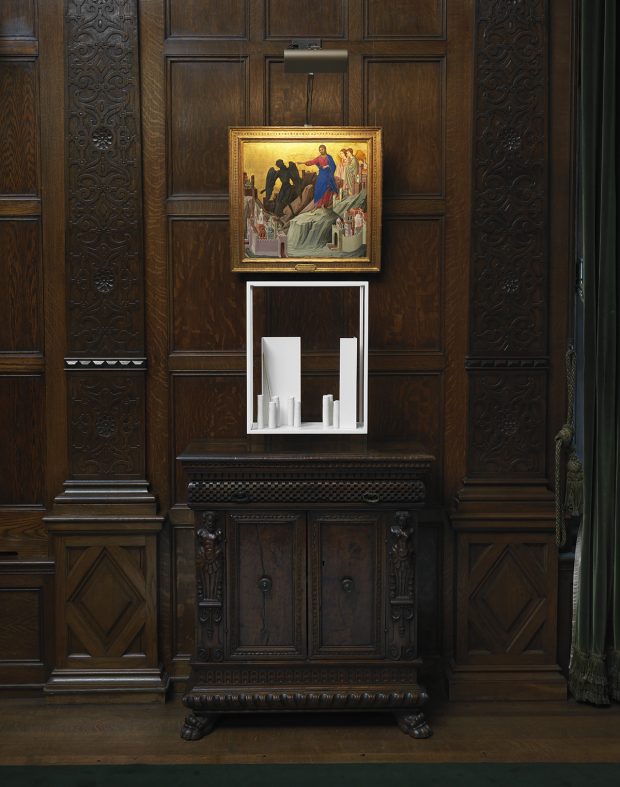
Walking into The Frick Collection, one is met with a historic setting in which to view a wide range of paintings, sculptures, decorative arts, and currently, contemporary British artist Edmund de Waal’s Elective Affinities: Edmund de Waal at The Frick Collection. The exhibition was curated by Charlotte Vignon, Curator of Decorative Arts. A unique, exciting element of this exhibition is the presence of the artist’s work throughout all of the galleries, engaging viewers during the entirety of their museum experience. De Waal has taken care to create a show that interacts with the permanently displayed works and every facet of the historic mansion.
De Waal’s interventions take the shape of cylindrical ceramic forms encased in glass and steel vitrines that respond to particular works in The Frick Collection. His ceramics bring forth thoughts of candles that would provide a warm glow to the historical atmosphere, as though they are votives placed before and amongst these works. His works subtly call attention to themselves, yet surprisingly blend into the space in which their materials may be fitting, but their geometric forms and modern casings may not. There is a lack of harshness to de Waal’s minimalist creations that brings these otherwise austere pieces in line with the soft elegance of the surrounding Renaissance and Baroque ceramics, furniture, and statuettes. Their cohesiveness produces a natural visual sense of blending between past and present. Thoughtfully paired with certain paintings, de Waal’s ceramics also encourage one to stand back and consider the gallery spaces and The Frick Collection as a whole. In this light, even works intended to interact directly with one painting draw one’s attention to each work seen during a viewer’s time in the galleries.
Focus on space and setting extends from the permanent collection to the architecture of the museum as well. Well-attuned to the lighting of each gallery, de Waal’s works respond to the atmosphere and angles from which the viewers take in the pieces. Lighting is especially critical in its interactions with the artworks’ materials. Several of the contemporary works are positioned in front of religious paintings in which gold ground is prominent, visually linking the temporally separated objects. Gold, light, and visual engagement are reoccurring elements in artworks throughout time—one is reminded of the thoughtful attention given to the material of tesserae in Byzantine church mosaics and its interaction with sun and candlelight. Alluding to the gold ground above, while the presence of gold in the Elective Affinities works is relatively minimal, its presence is certainly significant, interactive, and expressive. Though it inherently shines due to the nature of the material, its illumination depends on the viewer’s physical position in relation to the work and lighting from nearby windows.
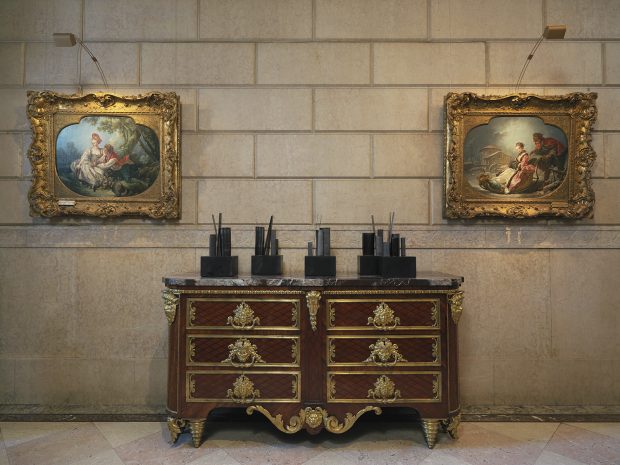
De Waal’s attention to light and shadows creates another layer of optics. These dynamics are seen in steel light I-V (2019) in the West Vestibule, where the five sculptures, each made of thin, partially gilded steel pieces leaning high above slender black cylindrical vessels, interact with François Boucher’s The Four Seasons, as well as with the nearby window that offers a garden view. The works are set on an eighteenth-century commode positioned between Boucher’s sensuous, rococo representations of autumn and winter. The light streaming in through the window hits the gilded steel shims and casts shadows on the works’ porcelain elements; here de Waal successfully highlights the multifaceted nature of the color black and entices viewers with both shifting shadows on the dark glazes and interactions of gilding with the paintings’ frames and corridor’s natural light.
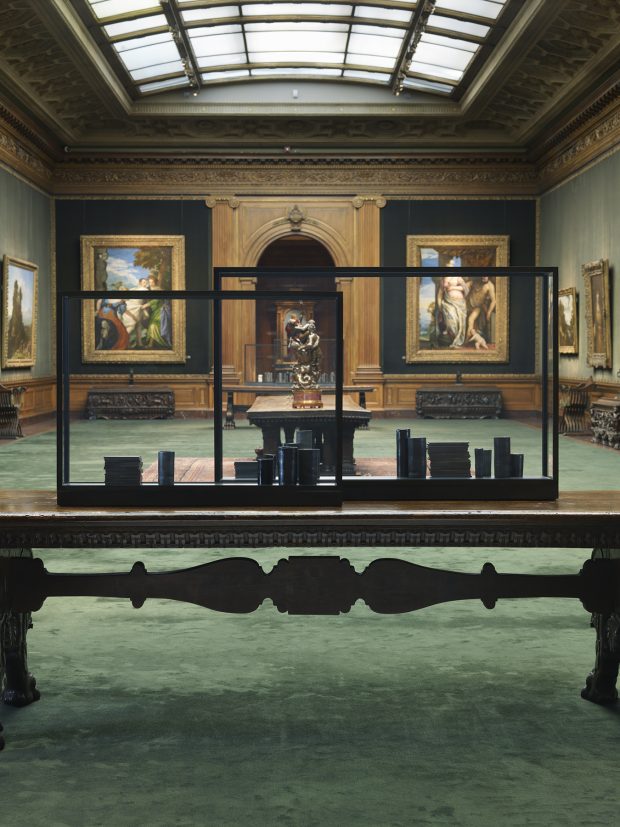
dawntime,” 2019, porcelain, steel, and plexiglass, on view in the West Gallery, 33
7/16 × 65 3/4 × 18 7/8 inches, © Edmund de
Waal. Courtesy the artist and The Frick
Collection; photo: Christopher Burke
Perhaps one of the most compelling aspects of this show is how de Waal’s contemporary works blend almost seamlessly with their surroundings. In the West Gallery, the small ceramic vessels and stacks of steel plates are unobtrusive behind their glass vitrines as one walks through the space. Noontime and dawntime and from darkness to darkness (both 2019) bookend the room on two large wooden tables; their dark coloring and minimalist forms complement the dark greens and browns of the room. Comparatively, the bright white works in the Dining Room are in harmony with the more fanciful designs, colors, and paintings in the same space.
One can only hope that more institutions will follow Elective Affinities in exhibiting contemporary art among more historical works and settings, and not underestimate the rich range of experiences that can be achieved through this collaborative use of space.

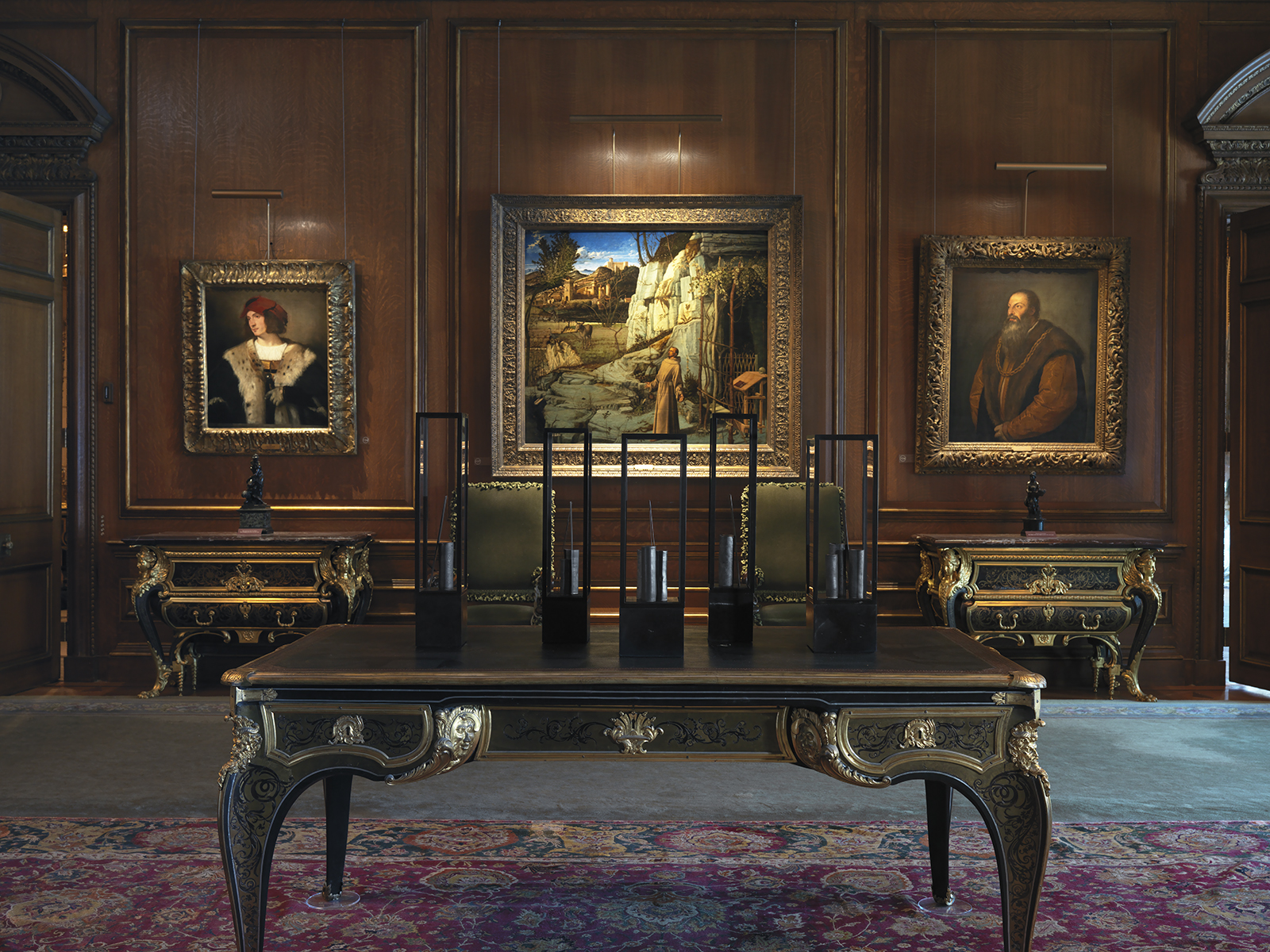
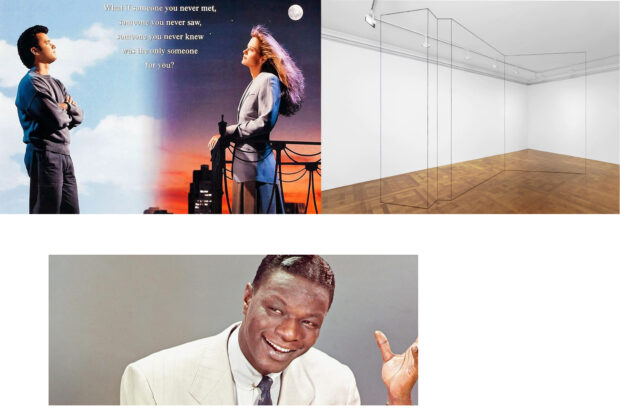


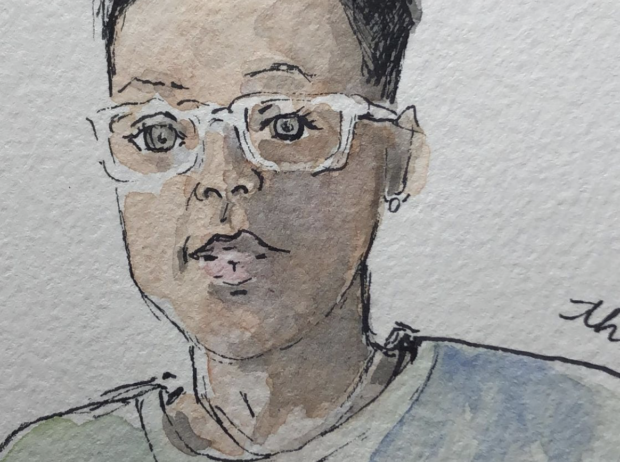
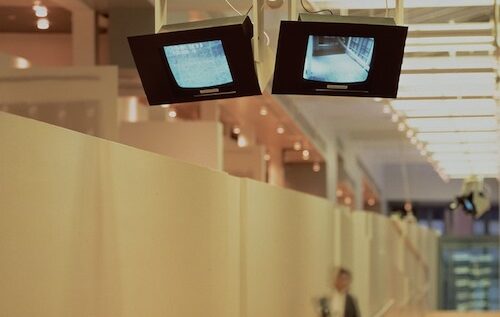

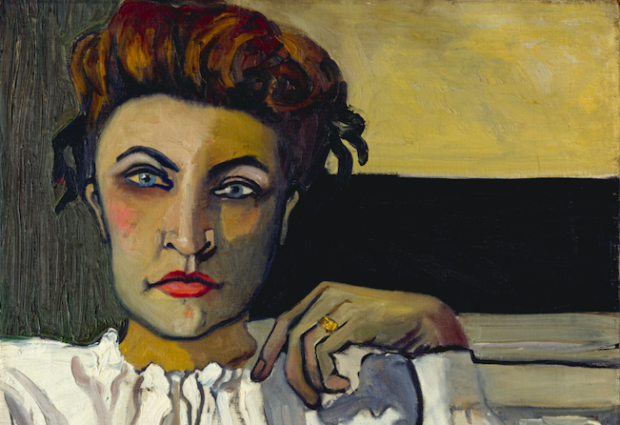
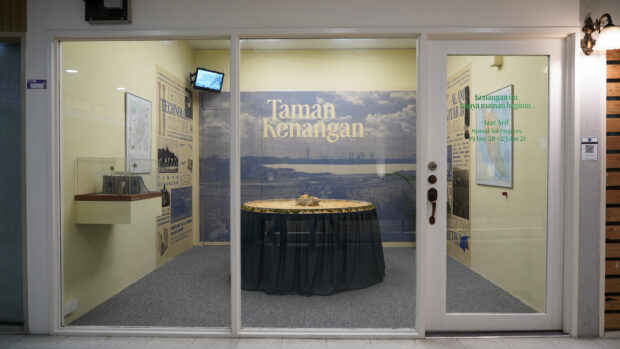
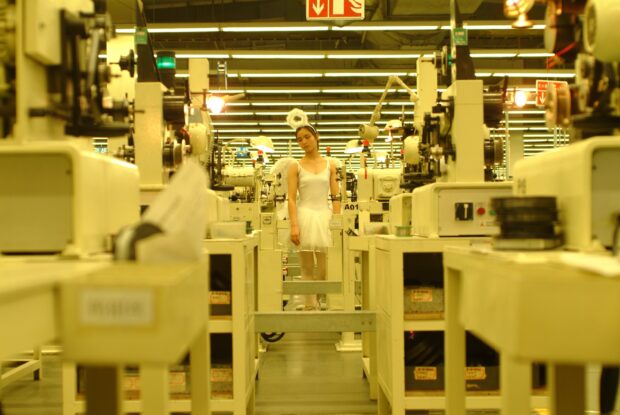
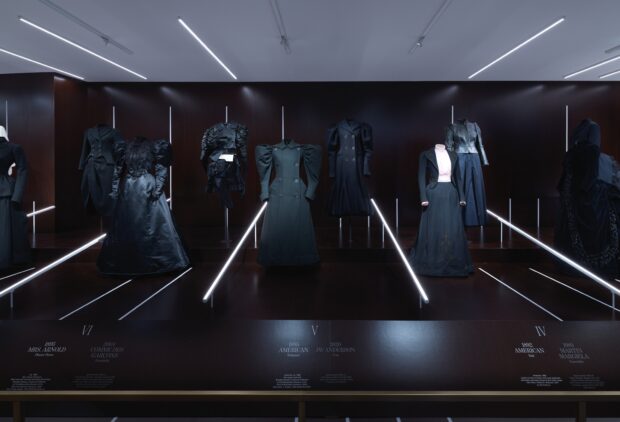
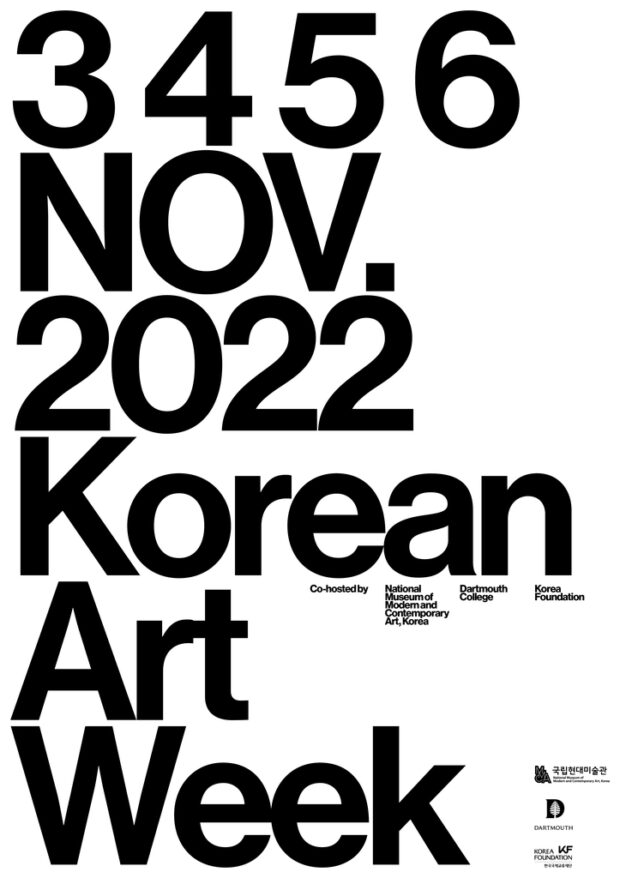


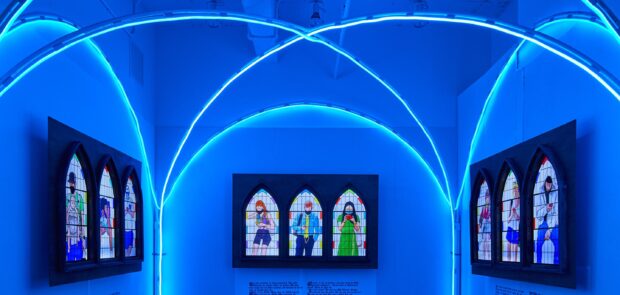
Be First to Comment